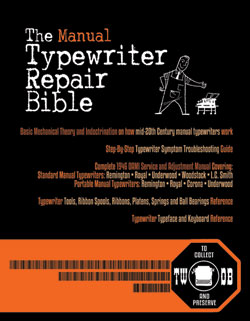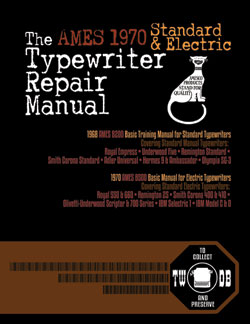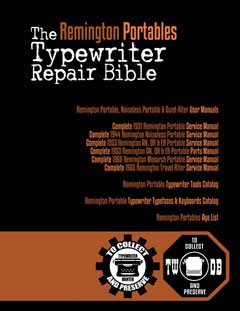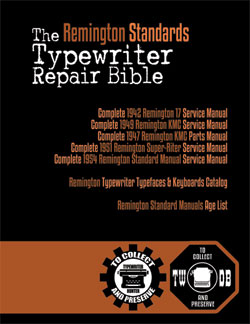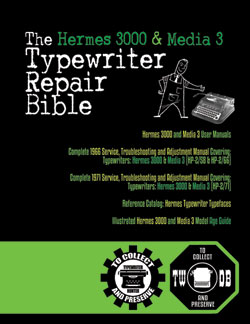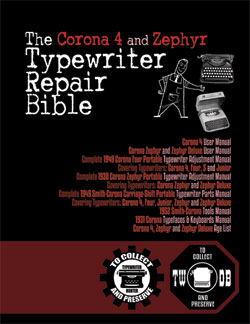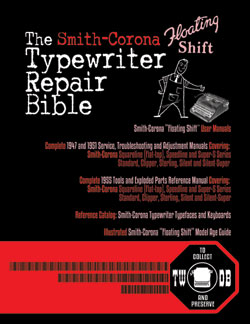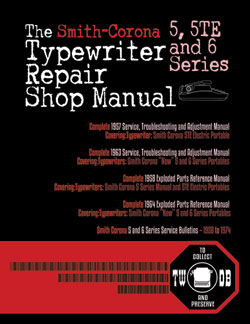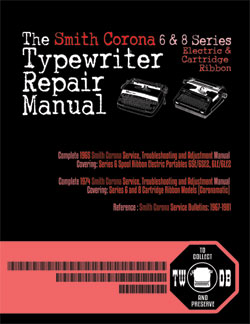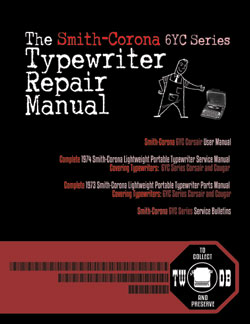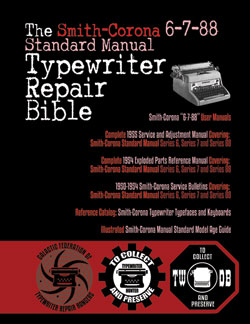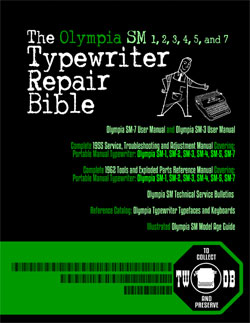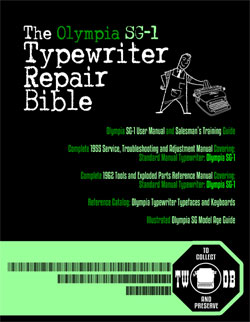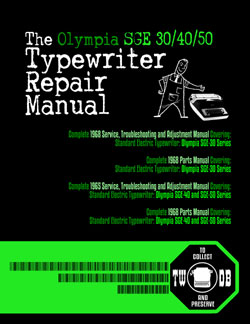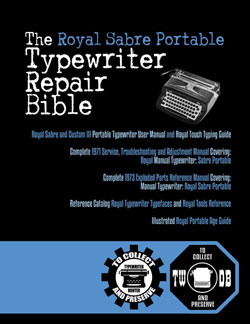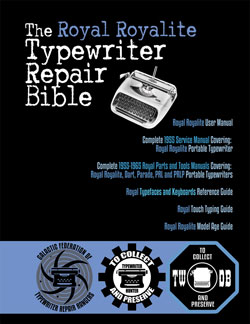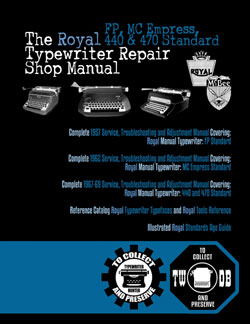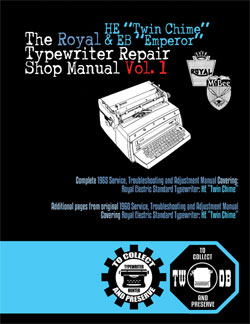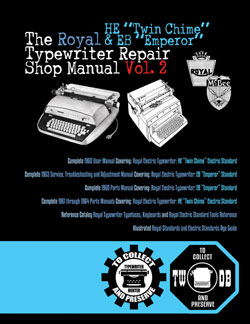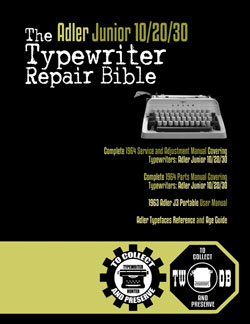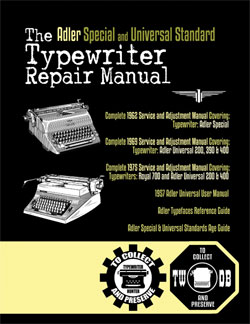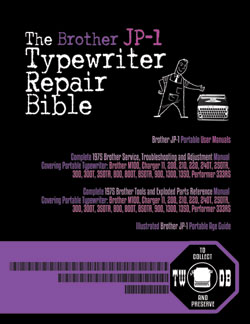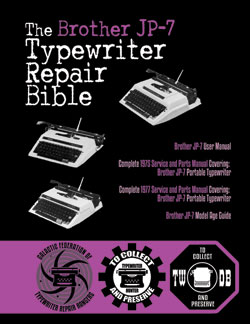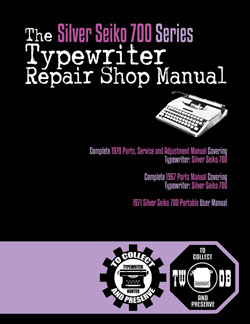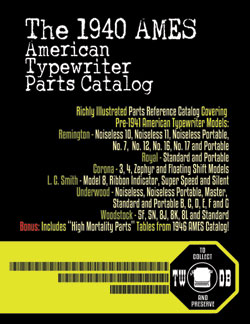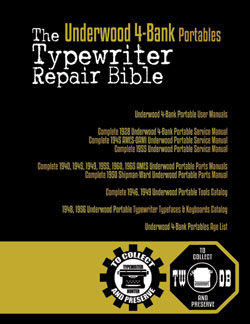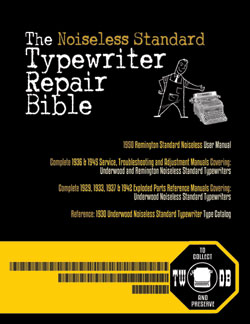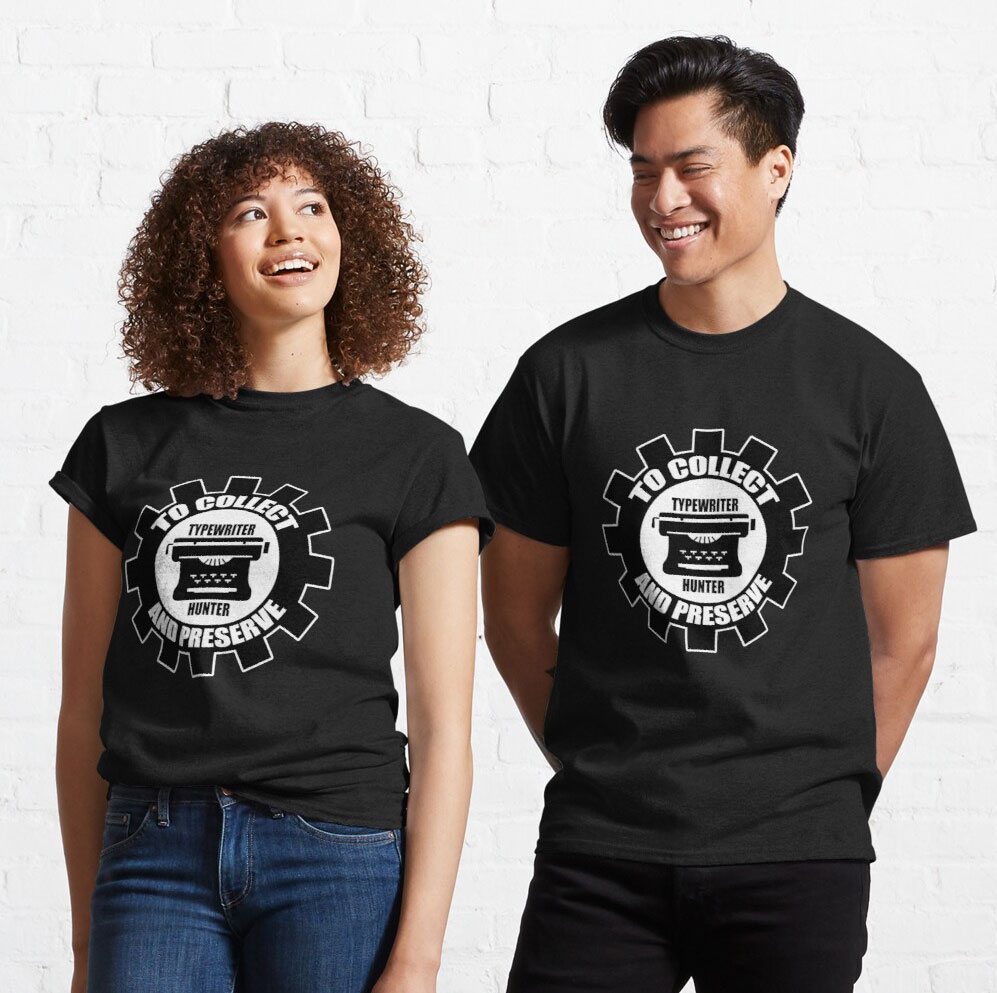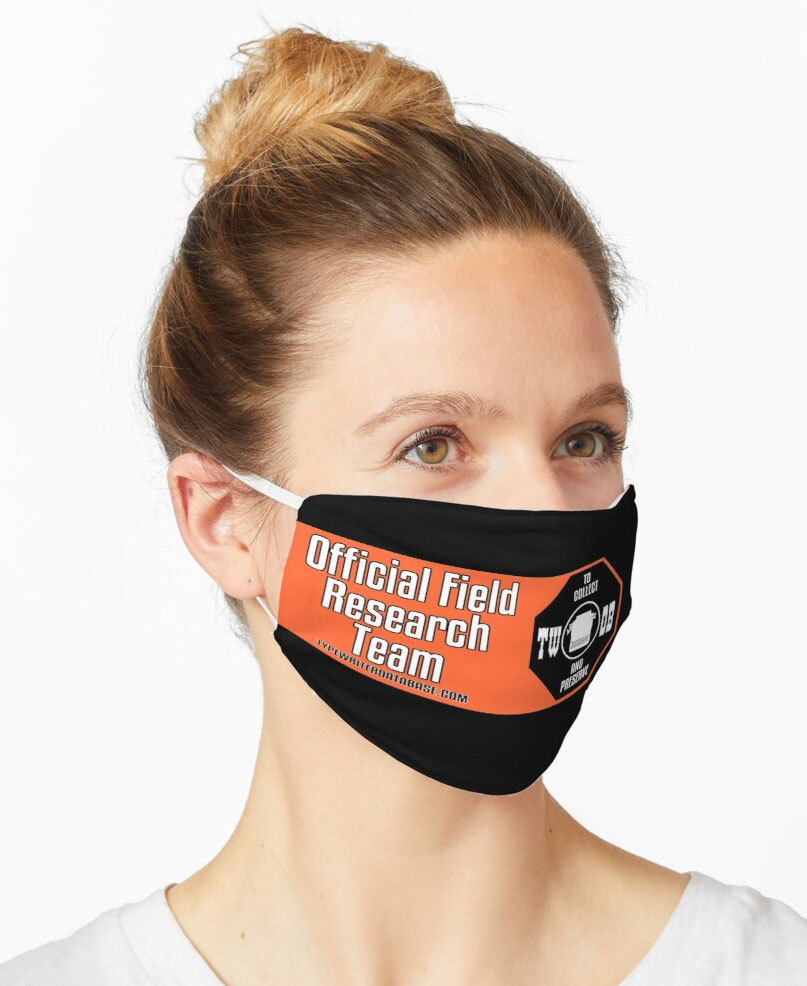1931 Royal P #P290563
Status: My Collection
Hunter: Dan Johnson (rdj)
Created: 05-08-2014 at 01:00PM
Last Edit: 03-22-2015 at 07:20PM
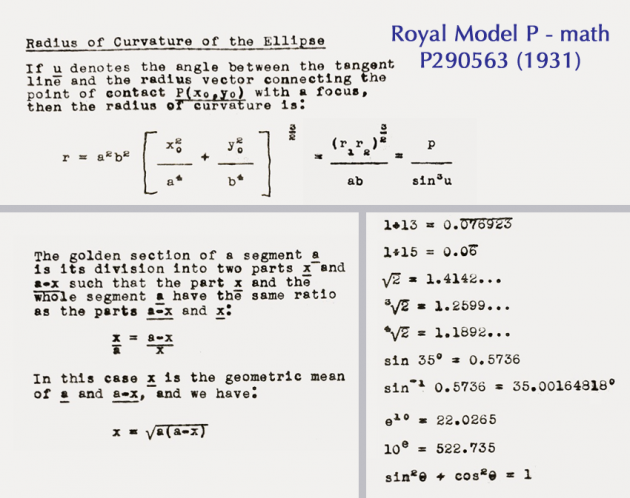
Description:
This has to be the "crowning glory" of my typewriter collection, and it is likely to remain that for some time to come. I paid a lot for this one, but to me, it was worth every penny.
It is not completely original: the paper table and ribbon covers were re-painted black. The paper table does, however, retain its handsome, raised or embossed "Royal" logo. It has replacement feet that are a different shape than the original must have had. It is possible that its shell was repainted, however, if it was, it was masterfully done. It is gorgeous.
What makes this one stand out is that it has a typeset designed for math. This is not the conventional QUERTY keyboard outfitted with a few extra keys for mathematical operators with a handful of other special symbols in its Pica typeset. It is designed to be used to type mathematical expressions.
It has the not-uncomon mathematical operators for addition, division (a "real" division symbol at that), and an "equals" key, But – it also has a root key. And pi. And best of all – superscripts from 0 through 9! (Speaking of which, how would one type a factorial without a single-quote? At least it does have a question-mark.) In exchange, it seems, some of the customary symbol keys are in uncustomary locations. With the "root" key and superscripts, it is possible to type whole-numbered roots other than the (default) square root. And the superscript zero may also be used as a "degree" symbol.
Conspicuously missing are a zero key (capital "O" may be used), asterisk ("*"), quotes, and a multiplication symbol. The latter is somewhat odd considering that the only reasonable substitution, a lowercase "x", would be ambiguous with the variable, unless the variable is always typed in uppercase. There is no superscript decimal to allow fractional roots, however, it may be possible to reposition the platen and use the normal "." key.
Unlike some other Model P typewriters of the same time, it does not have a tabulator function: this does seem odd given its specialty. Other than the unusual symbols, the keyboard does seem to have the same configuration as other non-tabulator Model P typewriters.
The seller had cleaned and oiled it and carefully packed it, including packing bubble-wrap against the typebars, bubble-wrap around the ribbon covers, and rubber-banding the short carriage-return lever so it would be less likely to be bent or otherwise damaged in transit. Then they wrapped the entire case in bubble wrap and cut down the box so it fit just right. They understood, and I appreciate that.
There are some things that I do not yet know. Is the "slash" the same length as other Royal 10-pitch Picas? Likewise, is the hyphen the same width or is it perhaps just slightly longer? Is it possible, using "slash" and "underscore", to extend the "root" character to enclose multi-line mathematical expressions? When the "underscore" appears between two lines, does it appear more centered between them than on most other typewriters?
Many of these are simple things to check. These things will come in time.
Update: I have tried some non-trivial math expressions on this thing, and they are now shown as the primary gallery photo. :)
(The paper on which the typeface sample appears has 1/8" square rules.)
Typeface Specimen:

Links:
- Rev. Munk's mathtastic Smith-Corona
- Olympia SM3 with a nice math keyboard and wide carriage
- 1932 Corona Model 3 - Special Math
Photos:
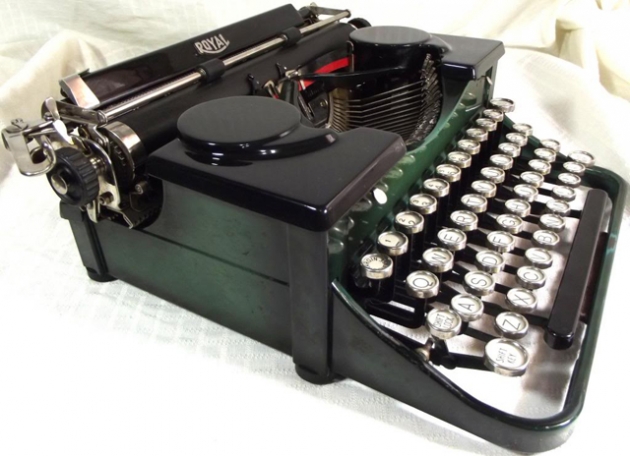
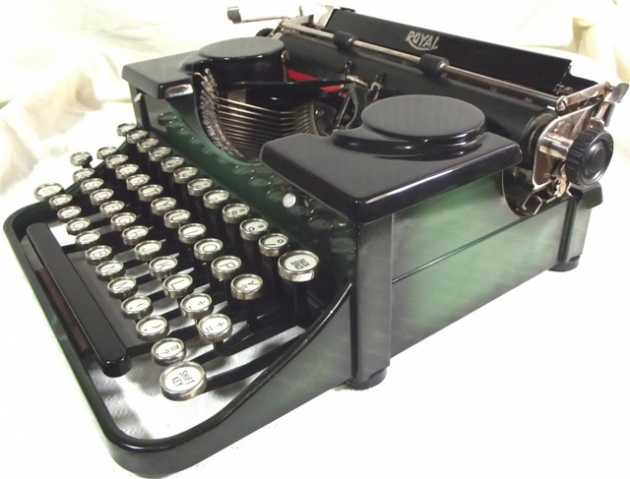
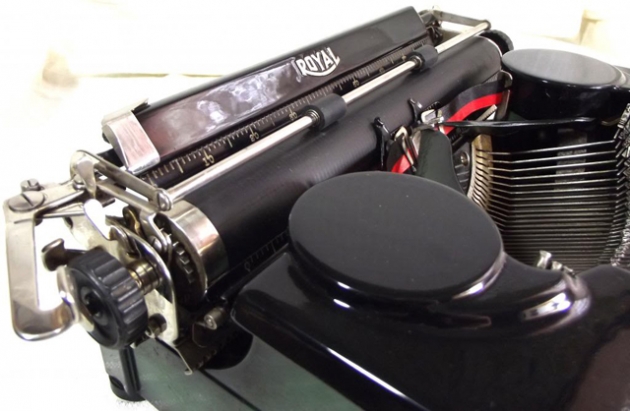
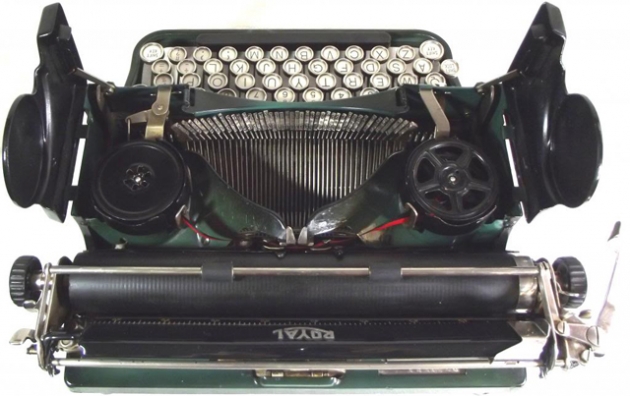
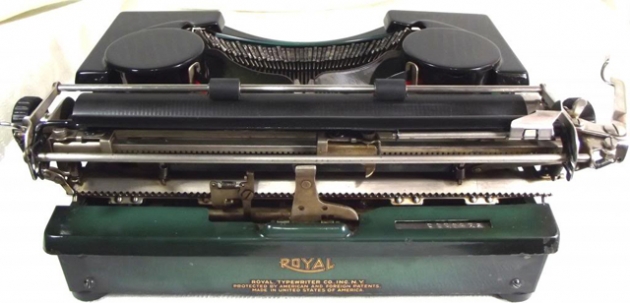
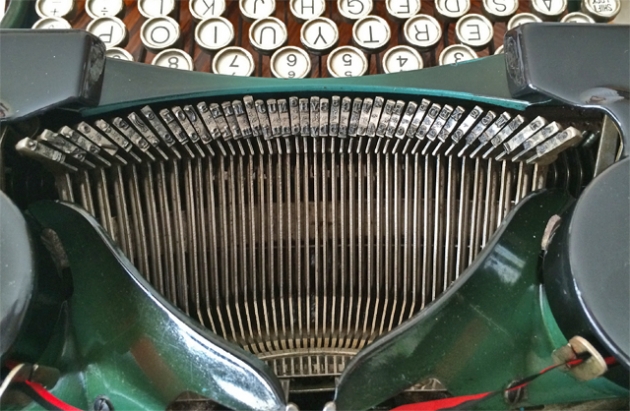
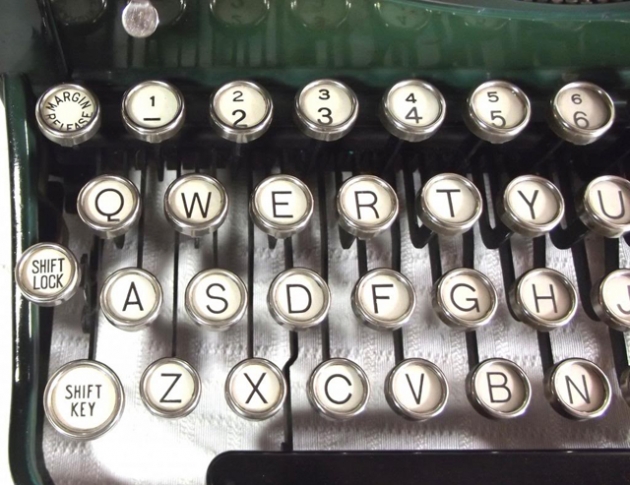
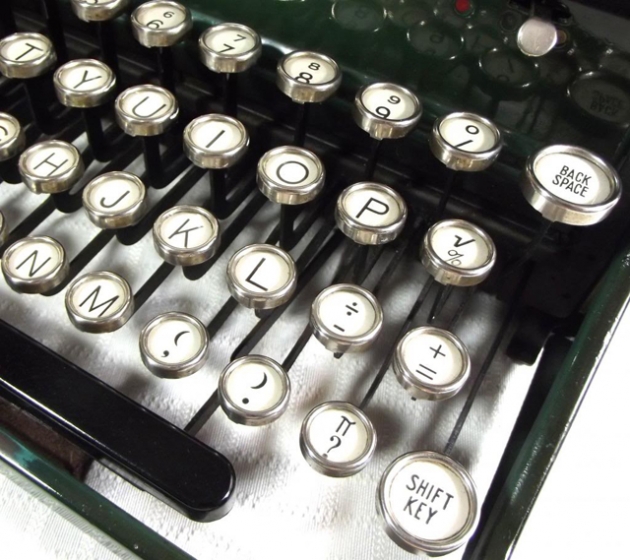
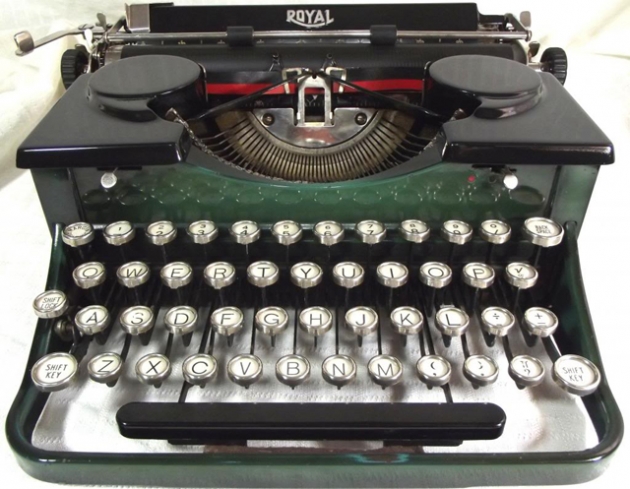
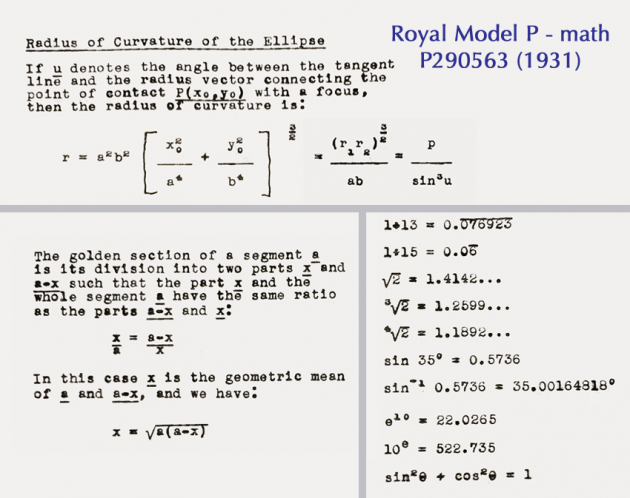
Hunter: Dan Johnson (rdj)
Dan Johnson's Typewriter Galleries [ My Collection ] [ My Sightings ]
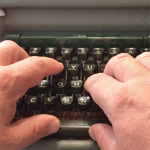
Status: Typewriter Hunter
Points: 948
I have always loved typewriters along with other kinds of well-engineered tools and devices such as slide rules, calculators (particular HP), radios, cameras (particularly Nikons), and microscopes. In addition to appreciating their intrinsic beauty and utility, they represent "things that need to be figured out to be understood". That's how I first learned about computers and programming in the 1970s, by figuring things out for myself. It's activity in which I never seem to tire of engaging.
Although communities have arisen around other collection interests, typewriters have the advantage that those who use them also typically enjoy communicating through words, whether those words are about the machines themselves or their lives, hopes, dreams, or expressions of beauty. There's much to be appreciated here.
RESEARCH NOTE: When researching the Royal P on a computer with lots of screen real estate, you may find that launching the Royal Serial Number page and the Royal P By Model/Year/Serial page in new browser windows can give you interesting perspectives on changes throughout the model series.
